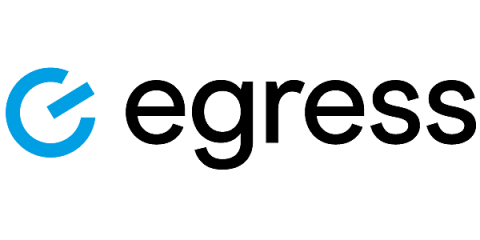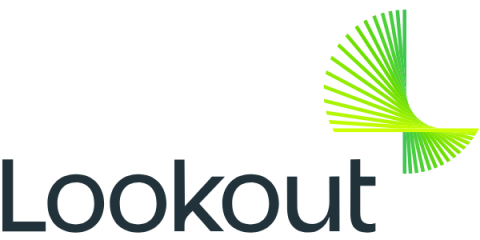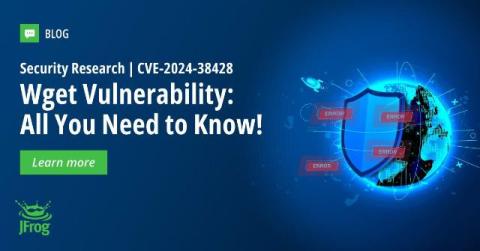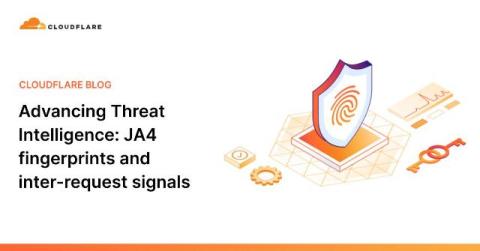Old habits, new threats: Why more phishing attacks are bypassing outdated perimeter detection
Perimeter solutions such as Secure Email Gateways (SEGs) have long been a cornerstone of email security, historically serving as the primary line of defense against malicious emails entering an organization. Utilizing legacy technology such as signature and reputation-based detection, SEGs have provided pre-delivery intervention by quarantining malicious attacks before they reach the end recipient. Why, then, are 91% of cybersecurity leaders frustrated with their SEGs, and 87% considering a replacement?









